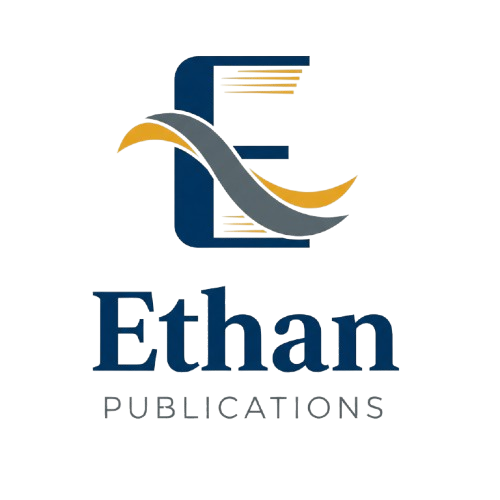UNLOCKING LIVER RESILIENCE: EXPLORING BICYCLOCOL AND SILYMARIN FOR EFFECTIVE FIBROSIS CONTROL
Authors: Mei Ling Wang, Xin Chen Li
Published: March 2024
Abstract
<p>Chronic inflammatory diseases, including viral hepatitis, alcoholic-induced disorders, and primary biliary cirrhosis, frequently culminate in a severe complication known as liver fibrosis. This pathological condition manifests as an aberrant accumulation of extracellular matrix (ECM) components, representing the liver's response to persistent injury. The intricate interplay between inflammatory processes and the subsequent fibrotic cascade poses a significant health challenge, demanding a nuanced understanding of the underlying molecular mechanisms.This comprehensive review explores the nexus between chronic inflammatory diseases and the development of liver fibrosis. Focusing on prominent conditions such as viral hepatitis, alcohol-induced liver disorders, and primary biliary cirrhosis, the study delineates the common thread of liver fibrosis as a consequence of sustained inflammatory insults. The molecular intricacies governing the deposition of ECM components in response to acute and chronic liver injuries are scrutinized, unraveling the intricate signaling pathways and cellular interactions that drive the fibrotic transformation. A pivotal aspect of this investigation involves dissecting the role of inflammatory mediators in perpetuating the fibrotic cascade. The inflammatory milieu, characterized by the release of cytokines, chemokines, and reactive oxygen species, establishes a microenvironment conducive to ECM accumulation. Elucidating the specific molecular targets and pathways activated during this process provides crucial insights into potential therapeutic interventions to mitigate or reverse liver fibrosis. Furthermore, the study underscores the significance of timely diagnosis and intervention in the context of chronic inflammatory liver diseases. Early identification of individuals at risk for liver fibrosis and the implementation of targeted therapeutic strategies can substantially alter the disease trajectory. The integration of advanced diagnostic modalities, such as imaging techniques and biomarker panels, emerges as a critical component in the armamentarium against liver fibrosis. In conclusion, this review bridges the gap between chronic inflammatory diseases and the consequential development of liver fibrosis. By deciphering the molecular intricacies and signaling pathways involved in ECM deposition, the study sheds light on potential therapeutic avenues for mitigating the impact of liver fibrosis. The imperative for early diagnosis and targeted interventions underscores the transformative potential of this research in advancing liver health and enhancing clinical outcomes.</p>
Full Text
No full text available
Cite this Article
References
- No references available.
